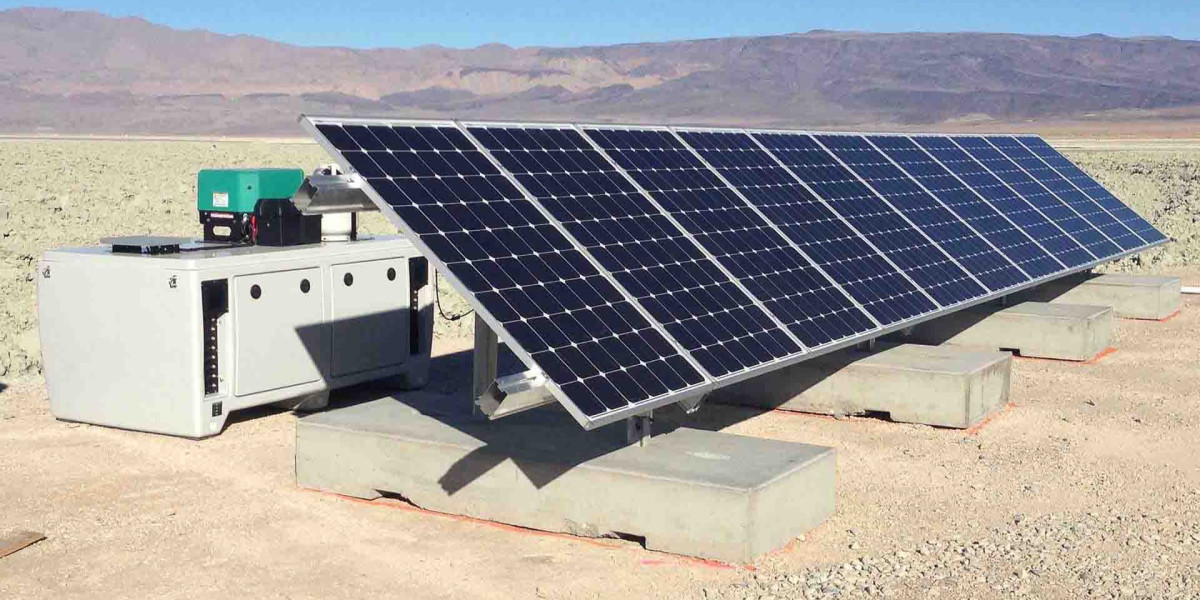In the evolving energy landscape where sustainability, reliability, and resilience are becoming the cornerstones of progress, the concept of hybrid energy storage systems (HESS) is no longer a technological luxury—it's a necessity. As the global demand for renewable energy sources continues to soar, the need for innovative energy storage solutions that can balance power fluctuations, store excess energy, and provide backup during grid failures has never been more urgent. That’s where hybrid energy storage systems step into the spotlight.
What are Hybrid Energy Storage Systems?
At the heart of hybrid energy storage systems lies a simple yet powerful idea: no single energy storage technology is perfect on its own. Batteries like lithium-ion may provide quick response and high efficiency, but they might fall short in long-duration energy discharge. Conversely, technologies like flow batteries or supercapacitors may excel in energy duration or cycling capabilities but lag in other aspects like cost or energy density.
HESS leverage the complementary nature of these systems—integrating two or more different technologies to balance their strengths and weaknesses. For example, a system might combine lithium-ion batteries with ultracapacitors, where the batteries handle the energy-intensive tasks while the ultracapacitors absorb power surges or deliver rapid bursts of energy. This synergy not only improves the overall system performance but also extends component lifespans, optimizes energy management, and reduces operational costs.
The Role of Hybrid Energy Storage Systems in Renewable Energy Integration
The increasing adoption of renewable energy sources like solar and wind, while environmentally sound, introduces a level of unpredictability to the grid. Solar panels only generate power when the sun is shining, and wind turbines rely on the presence of wind. This variability makes energy storage essential.
Hybrid energy storage systems play a crucial role here by maintaining energy equilibrium—absorbing excess energy during peak generation and releasing it when production dips. For example, during midday when solar production is high but demand is low, the energy can be stored and later released in the evening when demand spikes. With HESS, this balancing act becomes smoother and more efficient, enabling a higher penetration of renewables into the energy mix and driving us closer to a carbon-neutral future.
Grid Stability and Ancillary Services
Hybrid energy storage systems also bring significant advantages in grid support and ancillary services. They can provide frequency regulation, voltage control, and spinning reserves—all critical services that keep our electrical grid stable and reliable. In scenarios of high demand or sudden outages, a well-designed hybrid storage system can instantly respond to fluctuations, preventing blackouts and maintaining a steady flow of power.
Unlike traditional power plants that might take several minutes to ramp up, HESS can respond in milliseconds, which is vital in modern power systems that are increasingly decentralized and complex.
Diverse Applications of Hybrid Energy Storage Systems
Residential and Commercial Use
Another compelling aspect of HESS is their application across diverse sectors—from residential and commercial buildings to electric vehicles and large-scale industrial use. In residential setups, a hybrid system might combine a home battery with a solar inverter, allowing homeowners not only to store energy but also to manage their usage more efficiently. During outages, this stored energy can power essential appliances, ensuring energy independence and peace of mind.
On a commercial or industrial scale, HESS can reduce demand charges, provide backup power, and enable participation in demand response programs. The flexibility and scalability of these systems make them a fitting solution for almost any energy need.
Electric Vehicles and Mobility
Electric mobility is another arena where hybrid energy storage systems are driving innovation. With the rise of electric vehicles (EVs), the challenge has been to provide enough energy storage to ensure long driving ranges while also supporting rapid charging and high power demands. Hybrid storage systems within EVs can pair high-energy-density batteries with fast-charging supercapacitors, delivering both endurance and performance.
Such configurations not only enhance the driving experience but also improve battery lifespan, thermal stability, and overall system efficiency. In public transport systems like electric buses, this hybrid approach can also lead to better energy recuperation during braking, reducing overall energy consumption and maintenance costs.
Off-Grid and Remote Areas
In off-grid and remote area applications, hybrid energy storage systems offer a dependable lifeline. In many parts of the world, extending the electrical grid is either too expensive or logistically impossible. In these areas, renewable energy systems backed by HESS can provide a reliable, sustainable power supply.
Hybrid systems allow for both short- and long-term storage, ensuring continuous power even when weather conditions fluctuate. For example, a hybrid system might use solar panels for energy generation, a lithium-ion battery for nighttime usage, and a flow battery to provide extended power during cloudy periods. This multi-layered approach ensures energy security and independence, which is especially crucial in healthcare, education, and emergency services in remote communities.
Economic and Environmental Benefits of Hybrid Energy Storage Systems
Economic Benefits
Economically, hybrid energy storage systems are proving to be a wise investment. Though the initial capital cost may be higher than single-technology systems, the long-term benefits in terms of efficiency, lifespan, and energy savings can far outweigh the upfront expenses. HESS can reduce wear and tear on individual components by distributing loads intelligently between technologies.
By optimizing charge-discharge cycles and minimizing degradation, these systems extend operational life and reduce maintenance costs. Additionally, many governments and organizations offer incentives, grants, and subsidies for renewable energy projects, making the adoption of hybrid storage more financially accessible and attractive.
Environmental Impact
From an environmental standpoint, HESS represent a step forward in green energy solutions. By facilitating the use of renewables and reducing dependence on fossil fuels, these systems contribute directly to carbon emission reduction. Furthermore, the improved efficiency and lifespan of hybrid systems mean less waste and a lower overall environmental impact.
As the technology matures, advancements in recycling and second-life applications for batteries are also gaining ground, ensuring that the life cycle of energy storage components is managed more sustainably.
Technological Advancements and Future Potential
Technological innovation continues to push the boundaries of hybrid energy storage systems. With the integration of smart grid technology, artificial intelligence, and advanced data analytics, modern HESS are becoming more intelligent and adaptive. AI-powered systems can predict energy usage patterns, weather conditions, and grid demand to optimize when and how energy is stored or discharged.
Real-time data analysis allows for predictive maintenance, system optimization, and seamless interaction with the grid, increasing the overall resilience of the energy infrastructure.
The Future of Hybrid Energy Storage Systems
Moreover, research is underway into new materials and chemistries that could revolutionize hybrid systems. Solid-state batteries, advanced electrolytes, and nanomaterials are all on the horizon, promising to deliver even higher energy densities, faster charging capabilities, and enhanced safety.
The future of HESS may also involve greater modularity and plug-and-play functionality, enabling users to scale their systems according to evolving energy needs with minimal technical expertise. The global market for hybrid energy storage systems is projected to grow significantly over the coming decade, driven by rising renewable energy adoption and the need for reliable, efficient energy storage solutions.
Challenges and Solutions
Despite all their promise, hybrid energy storage systems do face certain challenges. Technical complexities, interoperability issues, and the need for sophisticated control systems can make implementation more demanding. Regulatory frameworks and standards are still evolving, which can create uncertainty for investors and developers.
However, with the collective efforts of researchers, engineers, policymakers, and industry leaders, these hurdles are being addressed. Education, standardization, and continued innovation will pave the way for broader acceptance and integration of hybrid systems in both developed and developing regions.
Final Thoughts
In the grand scheme of energy evolution, hybrid energy storage systems are more than just a technological advancement—they are a catalyst for change. They bring together the best of multiple worlds, offering a balanced, efficient, and resilient energy solution for today and tomorrow. As we journey toward a cleaner, smarter, and more sustainable future, HESS will play a pivotal role in bridging the gap between intermittent renewable energy generation and round-the-clock energy demand.








